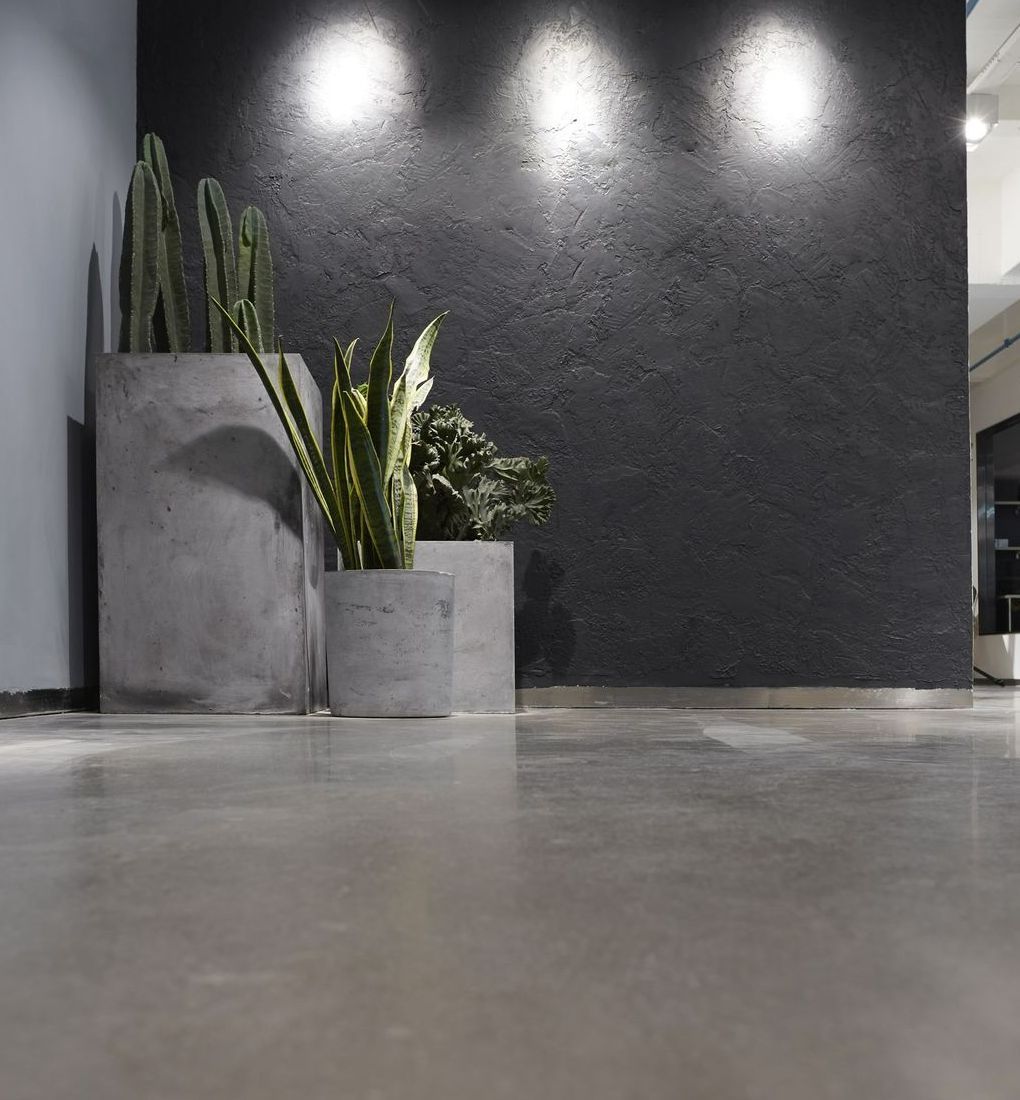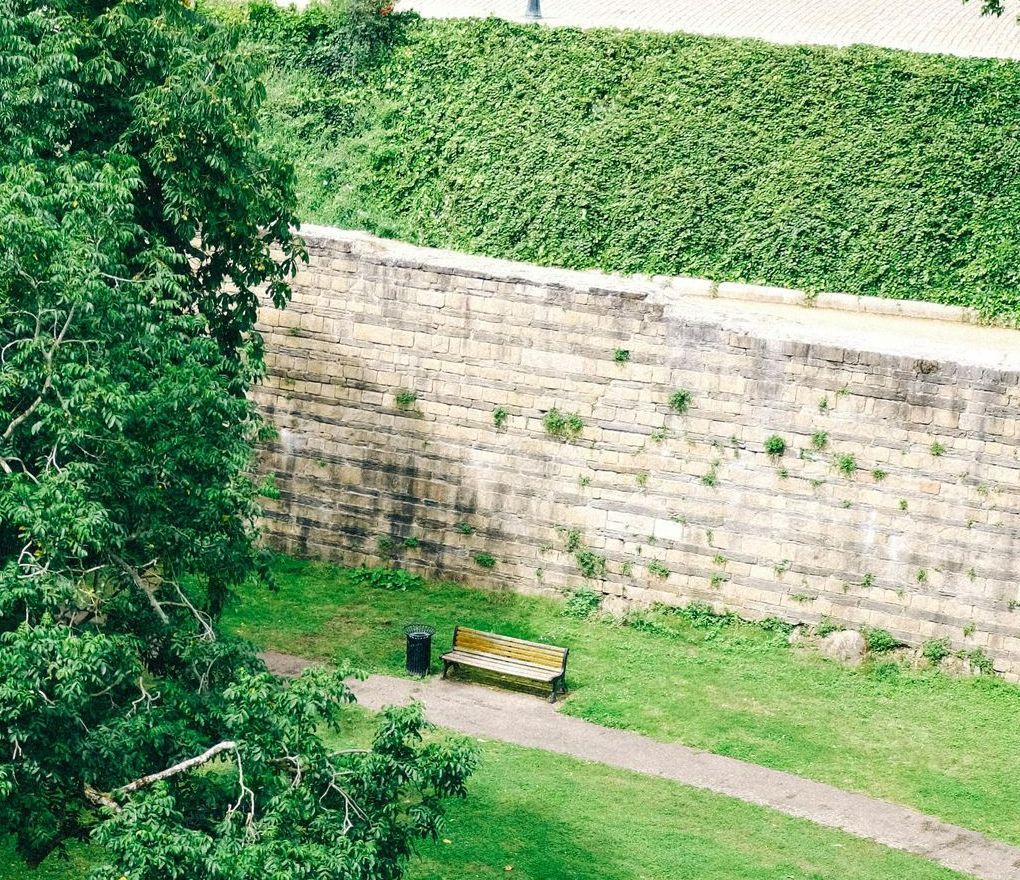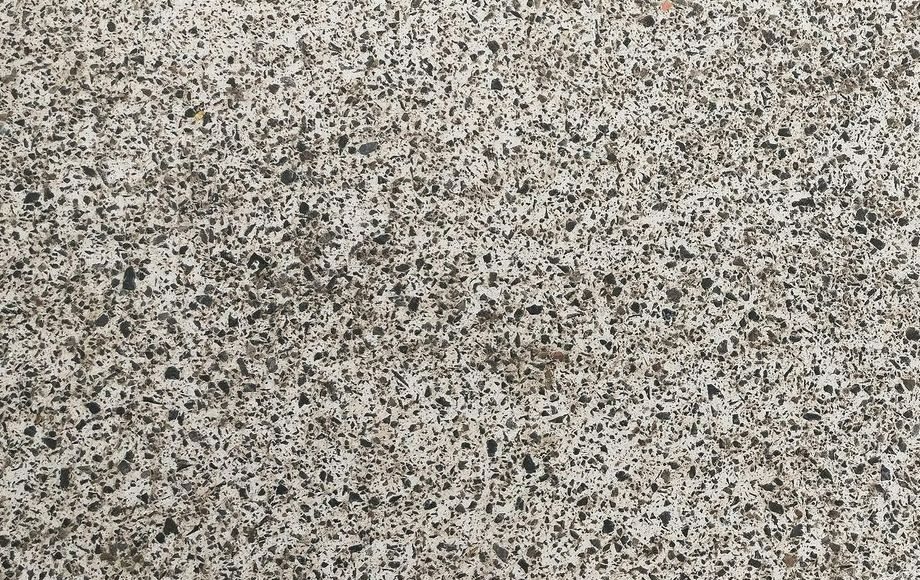What Exactly Is Coloured Concrete? A Detailed Explanation

It's easy to get confused about the process of colouring concrete. There are a few things you need to know about the process to help you make the right choice. Let's look at some of these.
Staining vs dyeing
Concrete dyeing and staining are both techniques used to improve the look of concrete. Both are applied by spraying and require protective equipment. However, there are several differences between the two.
In terms of colour, stains are more versatile and can be used to achieve a range of effects. Stains are also more durable than dyes.
Chemical stains produce a solid and etched effect, which can create marble-like surfaces. They are best for exterior surfaces. Acid-based stains chemically react with the minerals in the concrete. Using acid-resistant sprayers is recommended.
Dyeing is an easy and fast method of colouring concrete. It involves mixing a liquid dye with acetone and applying it to a surface. Once the dye has been applied, it should be sealed with a clear sealer. This sealer protects the colour from wear and tear and leaching.
Mineral composition
When you want to use coloured concrete, there are some things you should know about the mineral composition of the material. Aside from the pigment, the cement content and the water-to-cement ratio, you'll need to account for other minerals in the concrete mix.
There are many different types of minerals. The common one is calcite, which is a calcium carbonate. Its chemical formula is CaCO3, and it has a negative charge.
Calcite is frequently formed from organic processes, such as in the shells of clams and marine invertebrates. After burial and diagenesis, the calcite is often precipitated into aragonite.
Another common mineral is olivine, which has a chemical formula of (Fe, Mg)2SiO4. These minerals are found in the mantle and have a green colour when they are unweathered.
Chemical reaction
The chemical reaction of coloured concrete is a process in which a chemical substance is added to the mix to produce a specific colour. This is different from surface treatment colour. It is a method of applying a colour to create a permanent, bright, and unique colour.
Many different kinds of pigments can be used to produce a concrete colour. These pigments come in various forms, including oxides, organic, and inorganic. Organic pigments are generally stronger and brighter than oxides. They also allow for deeper colours.
Dyes are another type of colouring compound that can be applied to concrete. Dye colours are highly flammable and must be applied with adequate ventilation. They are often used to create stencil designs on interior concrete surfaces.
Symptoms of discoloration
Concrete discolouration can cause problems for homeowners and contractors. If not dealt with properly, it can lead to a number of issues, including structural failure. The good news is that there are a few things you can do to prevent or fix discolouration.
Concrete discolouration can be caused by various factors, from poor workmanship to environmental problems. To treat it, you can either use an acidic solution or apply a coating. However, you will need to choose a treatment method that will work for the root of your concrete's discolouration.
An acidic solution can treat mild and light concrete discolourations. The acid should be applied in small doses and brushed off afterwards. For more severe cases, a diammonium citrate solution can be used. You should let it sit for about 15 minutes and then rinse it off with a 30% water solution.
Recolouring
If you have a building with coloured concrete, consider recolouring it to maintain its appearance. There are several ways to do this, including adding dyes, colour hardeners, or pigments. Fortunately, a professional contractor will have the equipment to do the job correctly.
For example, colouring your concrete with a dye is a great way to get a new look. This type of colourant can be dispensed in liquid form or dispersed in water. Its colour can be diluted to create lighter shades.
Acid stains, which contain hydrochloric acid and metallic salts, can also be used to create a mottled look. When applied to concrete, they provide a marbled effect.
Coloured concrete can be repainted in four ways. The first is with an integral pigment. Integral colouring can be done by blending pigments with the concrete mix or adding pigments after it has been poured.
Contact us today at
03 4420 4768 for a free quotation.
You might also like



FREE INSTANT QUOTE
**plus free bonus coupon**
